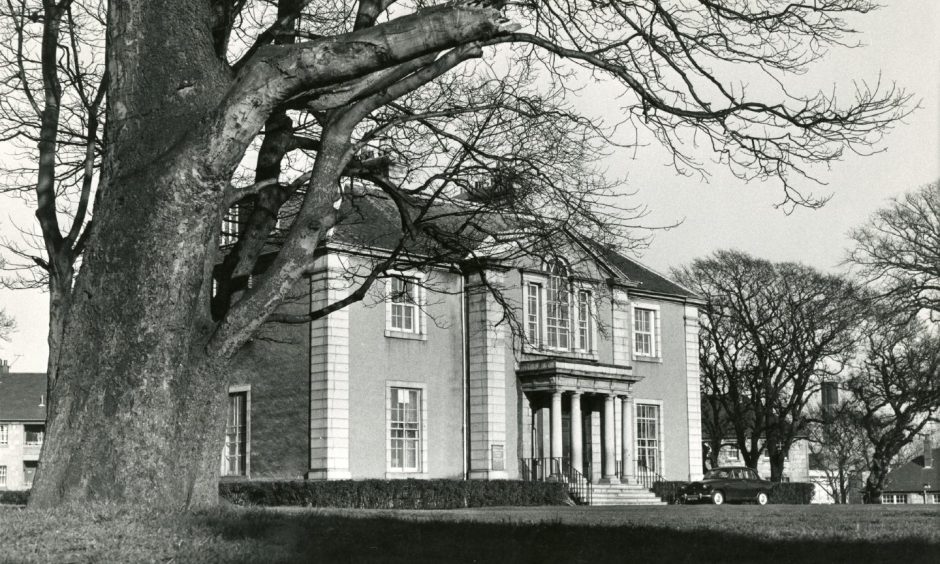
When Powis House opened in 1942, it was the first local authority-run community centre in Scotland and a “daring social experiment” in Aberdeen.
Powis House, the former stately home, was at the heart of the council’s unique vision to develop the Powis housing estate on the fringes of Old Aberdeen in the 1930s.
The new role of the remodelled mansion was to develop self-sustaining community spirit and create a base for education, recreation and welfare.
It was an unusual move – this was an era where people were trying to offload large country houses, not actively take them on.
But the history of Powis House went much further back, interwoven with some of the north-east’s oldest families.
Historic Powis estate stretched from College Bounds to Berryden
Powis estate was the historic seat of the Fraser family, before it passed to clan Leslie in the 1750s.
Its policies covered acres of fields on the outskirts of Aberdeen from College Bounds to Berryden.
The neo-classical Powis House came later, built by Hugh Leslie in 1802.
His son Hugh Fraser Leslie made his fortune in coffee and sugar plantations – and slavery.
The distinctive Powis Gateway was built in 1834 by the Leslies from the profits of slaves.
Hugh’s brother John Leslie went on to be chair of Greek at the University of Aberdeen, but the family line died out when unmarried descendent Isabella Jane Leslie died in 1894.
Through another branch of the family, former MP John George Burnett inherited the estate.
Council had ambitious plans to build community spirit with new estate
It was a happy home and venue for community events until Aberdeen Town Council bought it in 1936.
Letting Powis House go was a wrench for the Burnetts, but Aberdeen was sprawling and residents were displaced from inner-city slum clearances.
The city council had a bold ambition to build a new estate – and turn the house into a community centre.
It would put the city at the forefront of welfare and community development at a time when there was no welfare state or NHS.
Mr Burnett, who had been MP until 1935 was hoping to stand again in the next election, and wanted to stay in his ward.
He agreed to move to a smaller house adjoining the estate.
New tenements enveloped mansion house at Powis
The three-storey tenements on Powis House’s policies shot up by 1939 before he had been able to vacate his mansion.
His new, smaller property couldn’t accommodate all the Burnetts’ possessions and many treasures and heirlooms were sold off.
Books and documents that could not be moved or sold were unceremoniously thrown on a bonfire outside the house.
In addition to housing, Powis Academy opened in 1939 as the inheritor of Sunnybank Intermediate School.
It started with a role of 914 under the headmaster James Thomson, and the school’s annual camp to Loch Kinord at Dinnet was legendary.
The council’s education committee then turned its attention to Powis House, it wanted to establish a centre for “the social interests of men, women and young people”.
Powis House was transformed into community centre and library
In 1940, work was commissioned to establish a library, reading and writing room, common rooms for men, women and children, and a kitchen for afternoon and evening demonstrations.
Lectures would be held on different interests, there would be wireless group listening, and vocational skills taught, like housecraft and house repairs.
During the day, the house was to be used for welfare work in the community.
But against a backdrop of war, it would be another two years before the house was remodelled and open to the community.
But it was during the war that Powis House really came into its own.
Just a stone’s throw away, Bedford Road and the neighbouring streets were catastrophically damaged during the Aberdeen Blitz.
Community centre was trailblazer for social policy in across Scotland
When Powis House did open on March 7 1942, it was on a war footing and a base for civil defence, but already making great strides in welfare.
The Press and Journal reported: “The well-appointed centre in the remodelled mansion house of Powis, situated in the midst of Powis housing scheme, is a splendid adjunct to the social amenities of the city.”
Attached to it were branches of the public library with reading rooms, and the Mother and Child Welfare Department.
It was described as “a new and important stage in social housing policy not only in Aberdeen, but in Scotland”.
Lord Wark, who opened the new premises, said Powis House was necessary in creating and fostering community spirit in the housing schemes.
He added: “Man was a social animal, and unless they gave him opportunities of cultivating social gifts they could not expect to have a really happy community.”
Powis House was vital respite for bombed-out families in WW2
According to the education committee, the council-subsidised community centre was a “daring experiment”, but one that returned “a rich and rare dividend in the form of human value”.
Members paid sixpence a month and had access to a wealth of facilities.
It was also self-governed, users elected a committee with sub-committees to look after the various branches of the centre, with a council-employed warden overseeing everything.
In addition to its community provision, Powis House hosted one of Aberdeen’s first British Restaurants.
They were communal wartime kitchens set up by the Ministry of Food and run by councils or volunteers, where healthy meals were available at a fixed price.
Effectively a canteen, anybody could dine at a British Restaurant – but they proved particularly vital for those bombed out of their homes.
600 meals served at vital wartime restaurant every day
In Powis House, 100 people could be accommodated in one sitting, with 600 meals served daily.
At mealtimes, two commodious rooms on the ground floor were the British Kitchen dining rooms.
But the rest of the time, they were for dances, drop-in spaces where people could sit and chat, play games, listen to radio, gramophone or play the piano – like a community common room.
The library formed an important part of the project – within the first three days of Powis Community Centre opening, 359 new borrowers enrolled at its lending library.
An adjoining reading room was a large, elegant room with a pillared window, containing long tables with magazines and newspapers to browse.
Games rooms had table tennis, while another room with a bathroom was set aside for a welfare clinic.
Hobby rooms bridged gaps between generations in Powis
Women had a room full of sewing machines, ironing boards and a full-length mirror.
A forerunner to the 21st Century Men’s Shed, down in the basement, provision was made for hobbies for men and boys.
The hobby rooms were termed the ‘self-help branch’ of the centre’s work, with workrooms and tool benches.
It wasn’t just learning, but socialising – it was promoting mental wellness and bridging gaps between generations.
The idea was men would teach young boys to mend boots and carry out easy joinery jobs like repairing furniture.
Vitally, as the centre users lived in tenements without individual gardens and sheds, it gave men the space and equipment for their own hobbies.
At weekend a non-denomination religious service was held to bring everyone together, while allotments were leased to members outside.
Success of ‘great social experiment’ in Aberdeen praised nationwide
Within months, Aberdeen Town Council attracted nationwide praise for setting a gold standard in social work and welfare in the community.
At a conference on community service centres in Glasgow in June 1942, Powis House was hailed for being Scotland’s only local authority-run community centre.
A year after its opening, Powis House was hailed by the council’s deputy director of education, Frank Scorgie.
He praised “the great social experiment – watched not only by the people of Aberdeen but by the whole country”.
The centre’s purpose to forge community spirit and was said to be at the “forefront of future town planning”.
Powis House was at heart of the community
By its first anniversary, a choir had been established, there were new classes like elocution lessons, and the maternity and infant clinics were well attended.
Such was the success of Powis House as a community centre, that even into the 1970s it was still well supported.
Not only by existing residents, but those who had moved from the area who wished to continue their fellowship with Powis.
In more recent decades, social issues in Powis have been well documented.
But still, the pioneering Powis House is at the heart of its community continuing the work started more than 80 years ago.
If you enjoyed this, you might like:
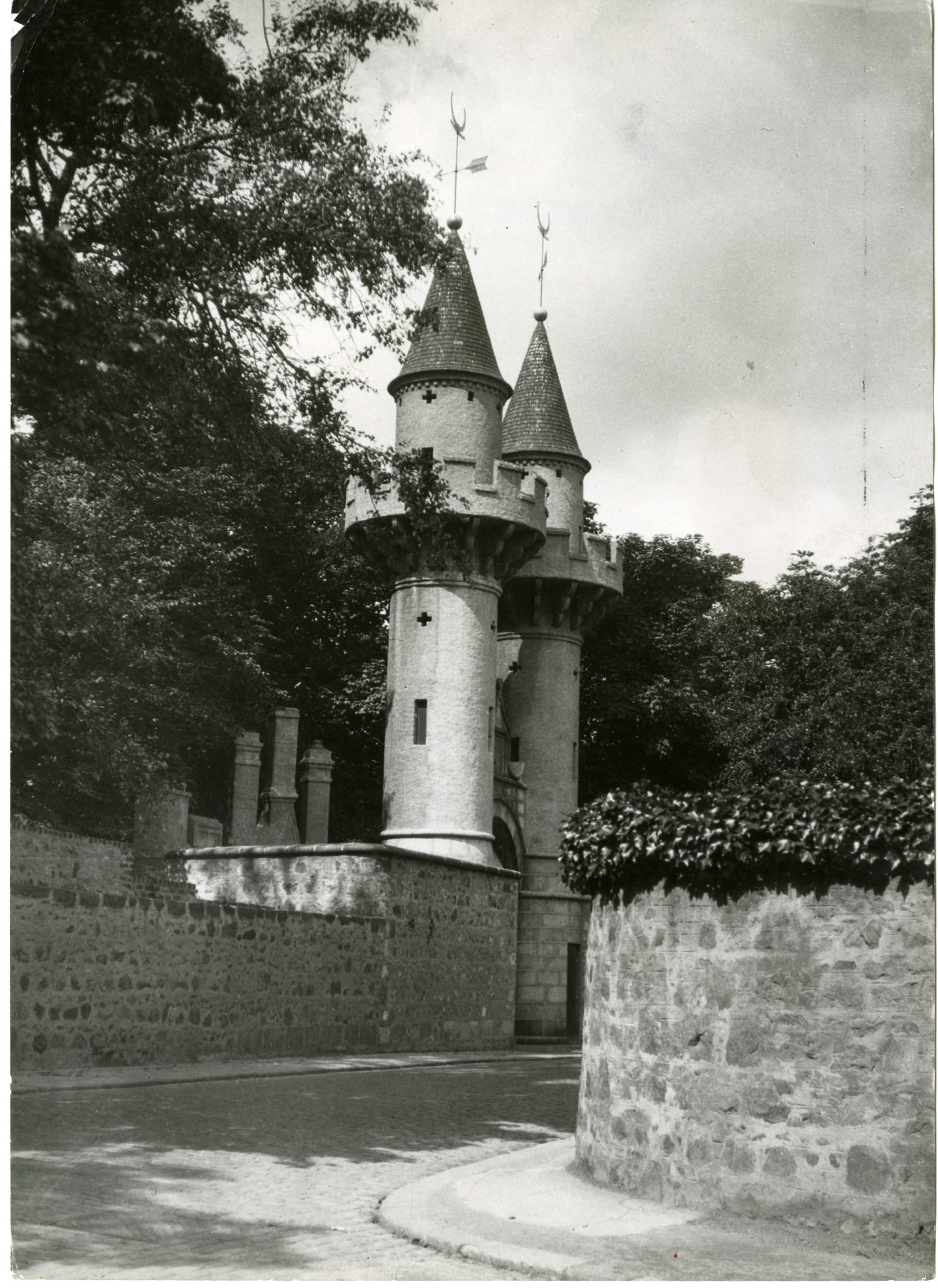
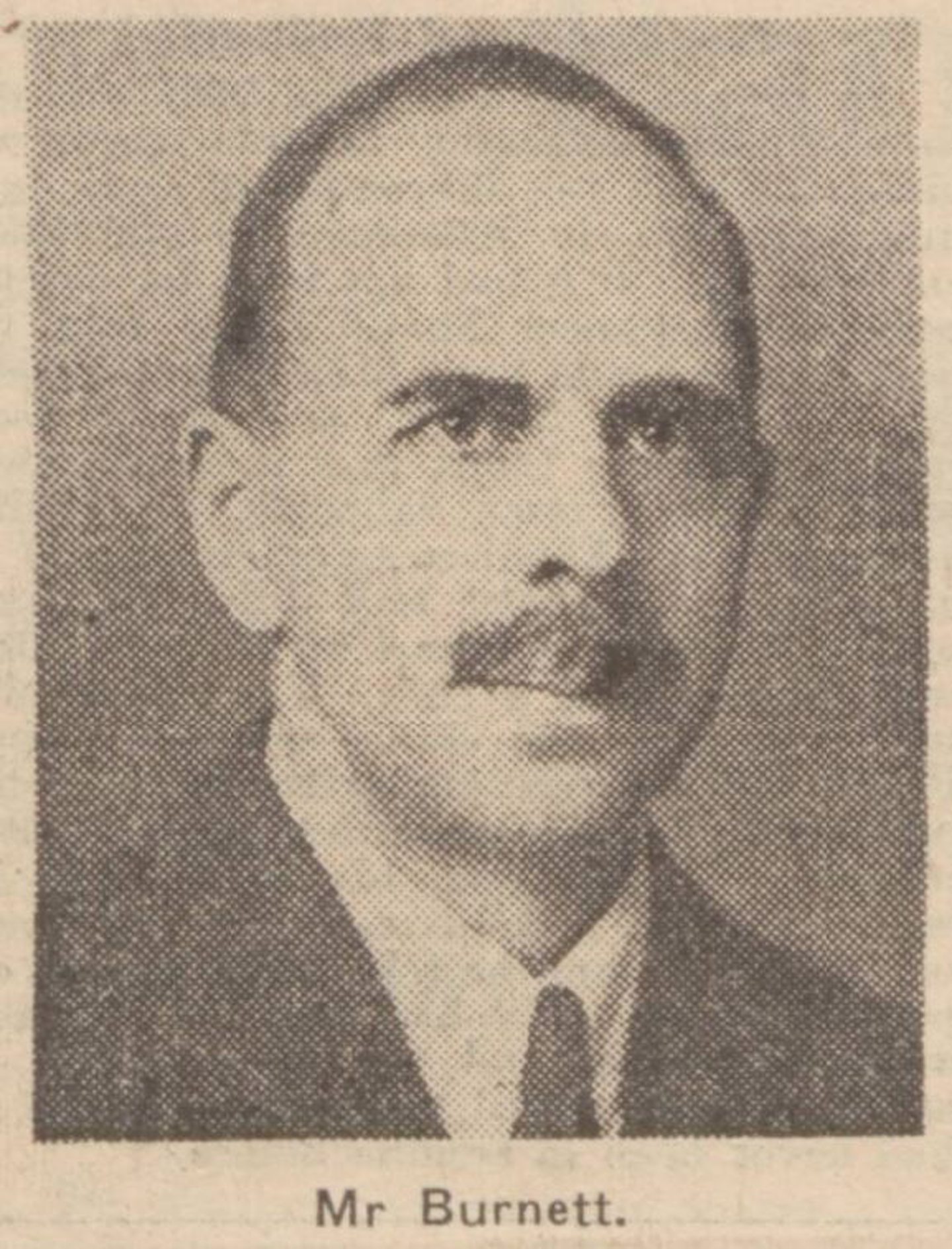
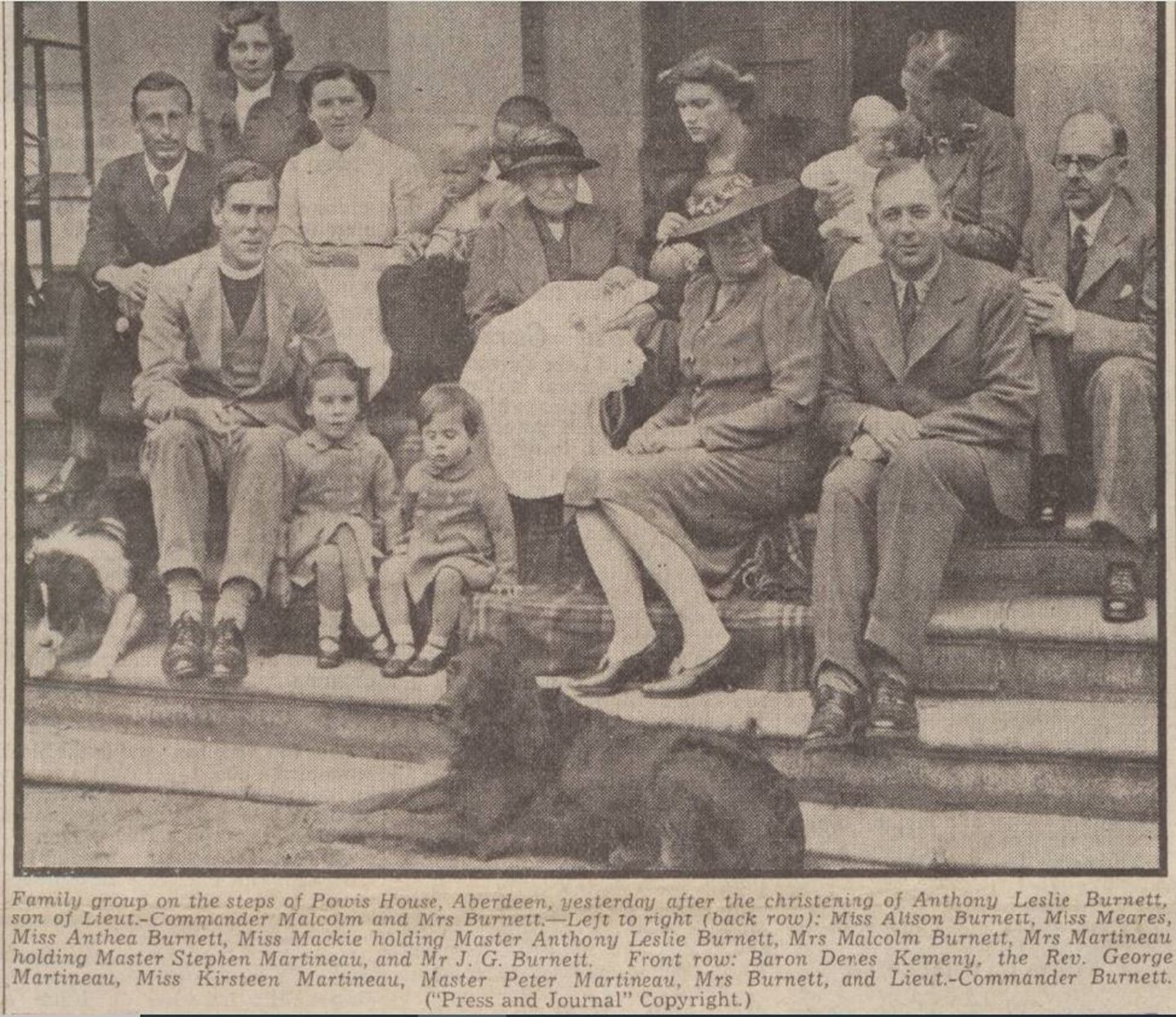
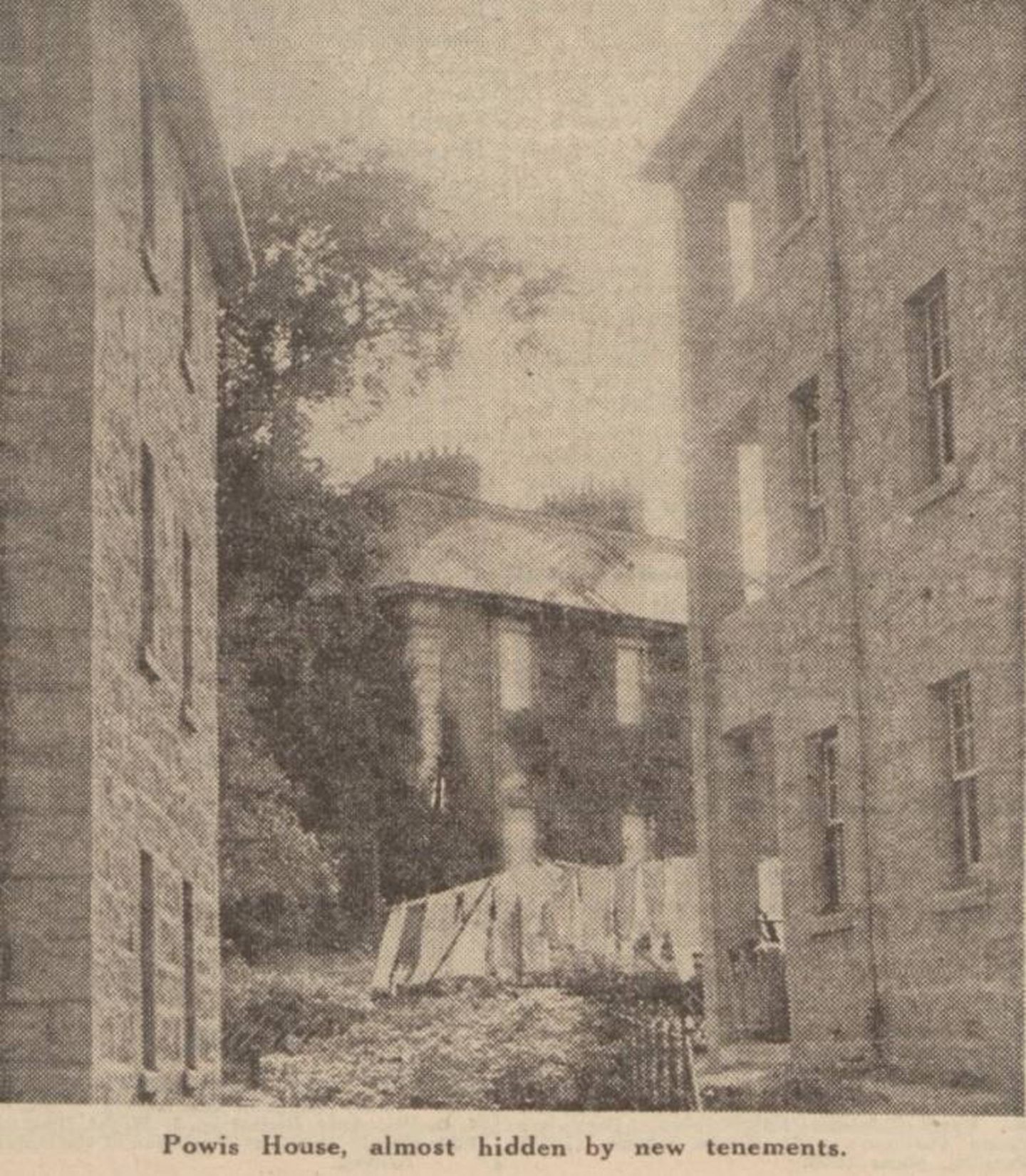
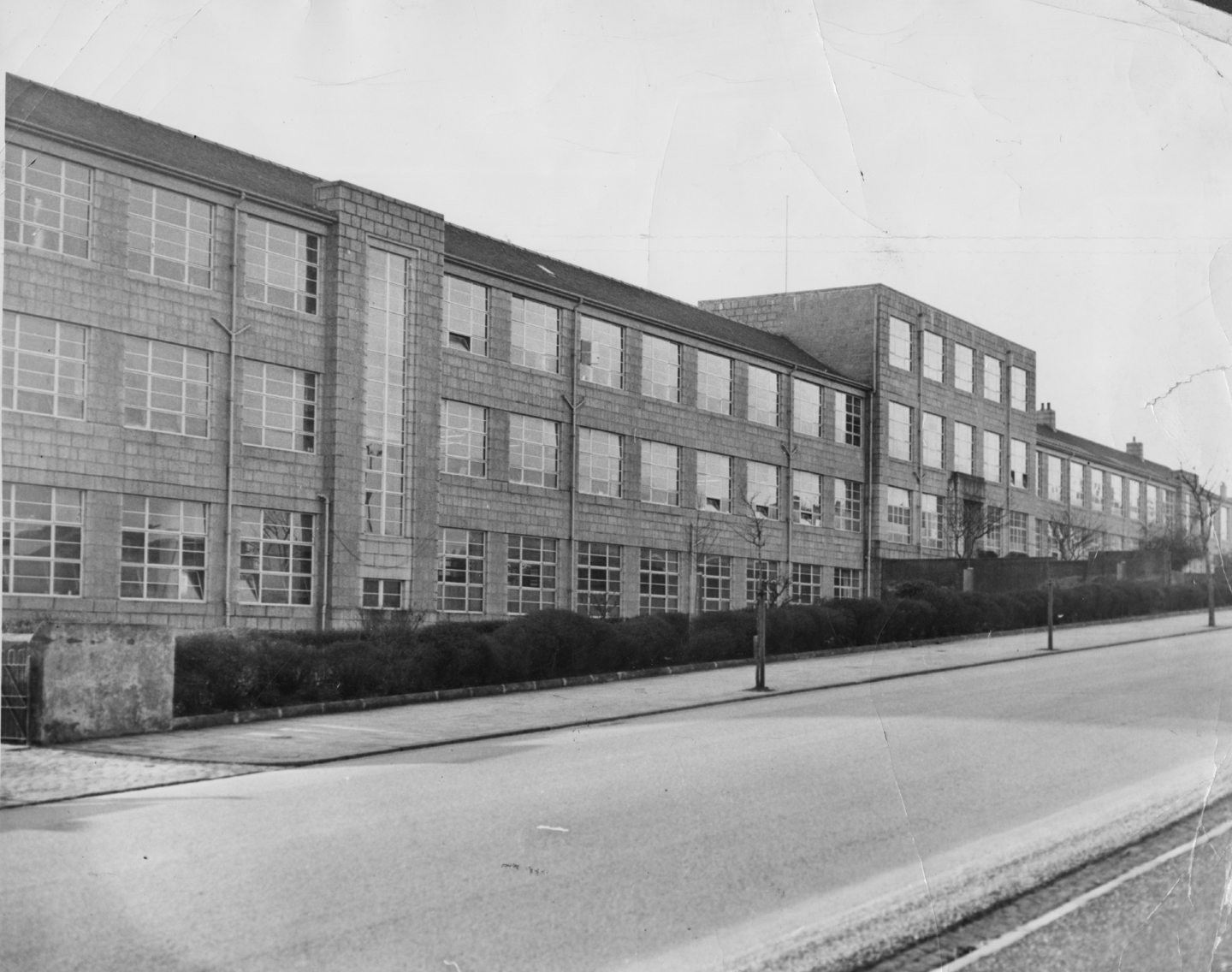
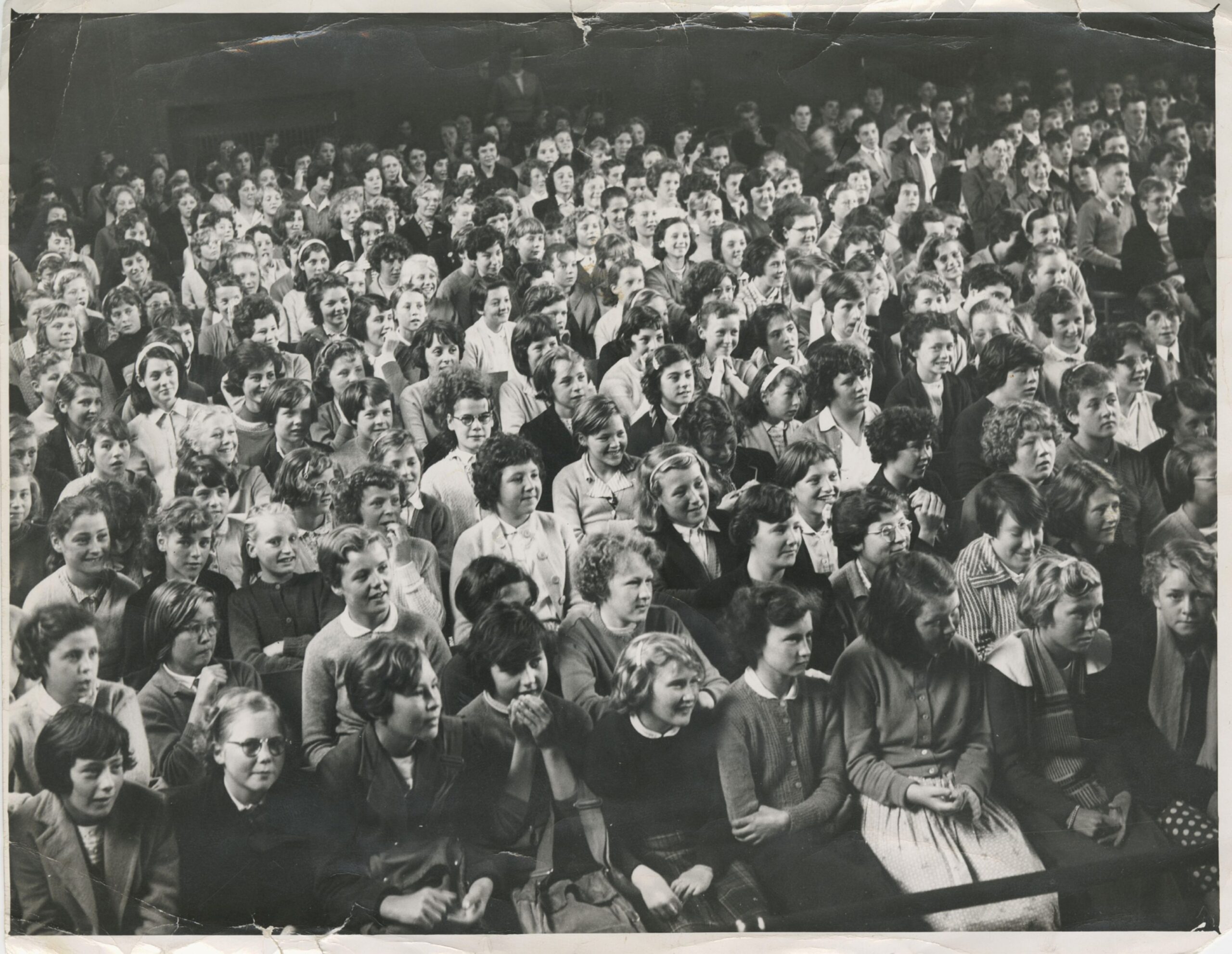

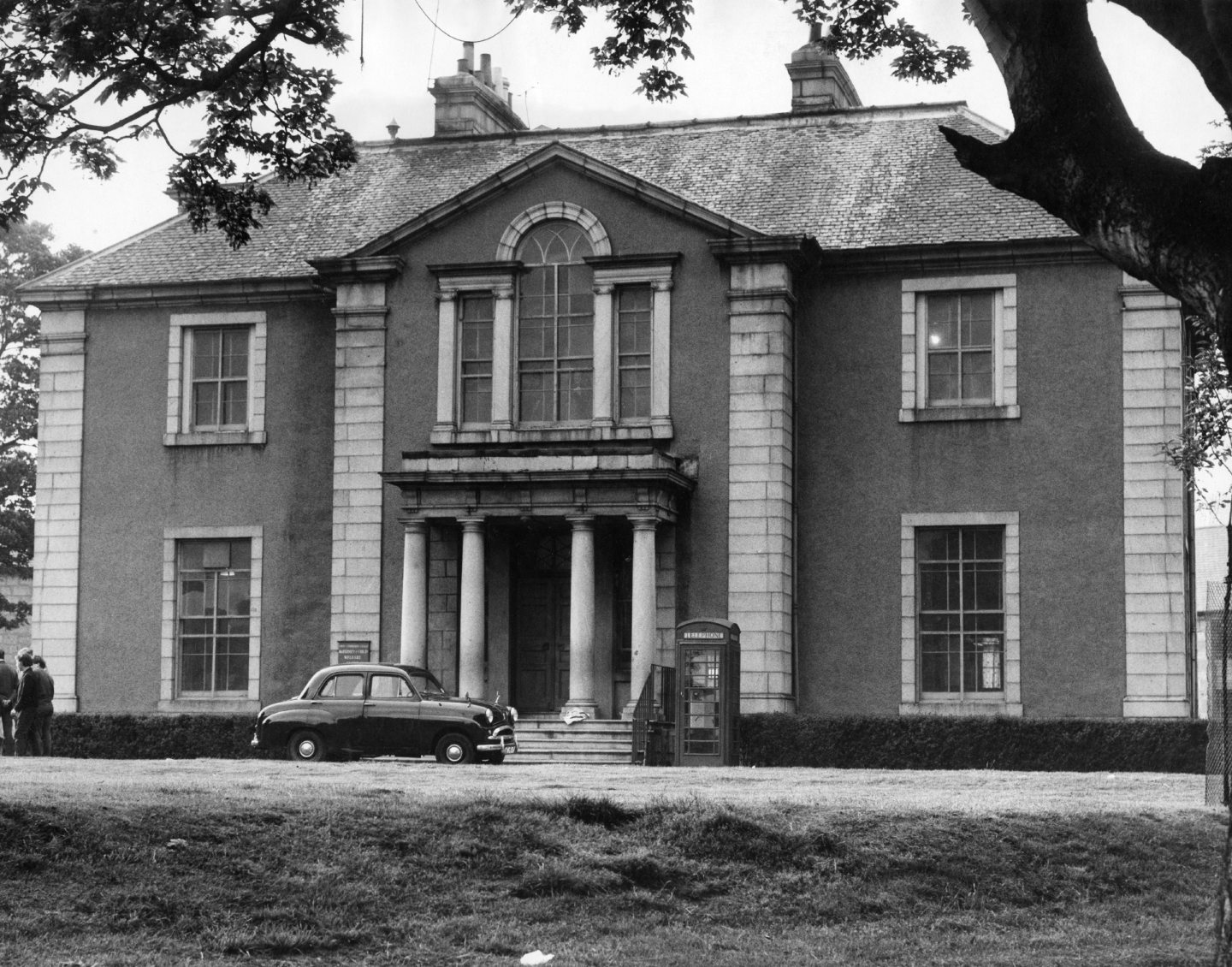
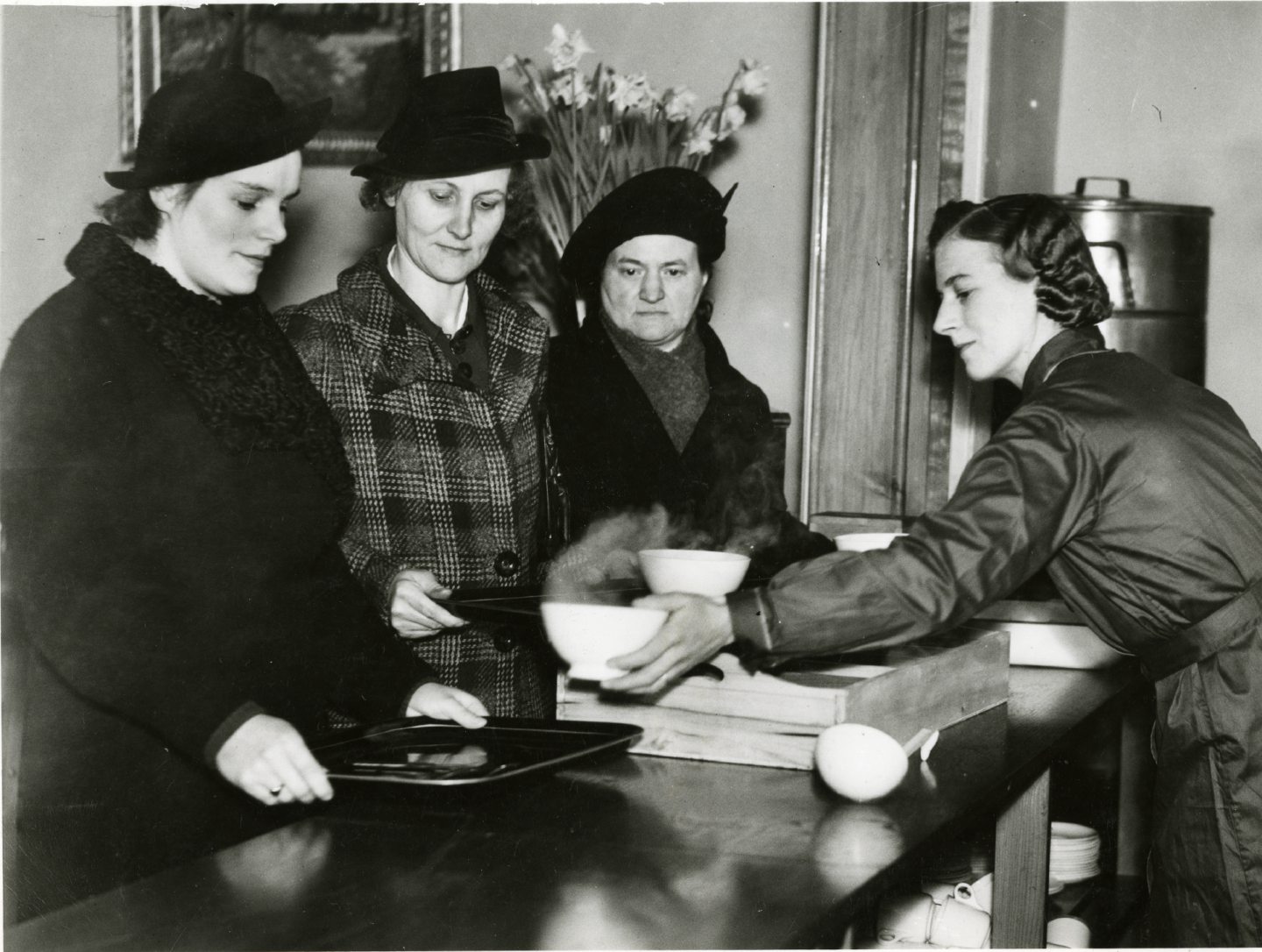
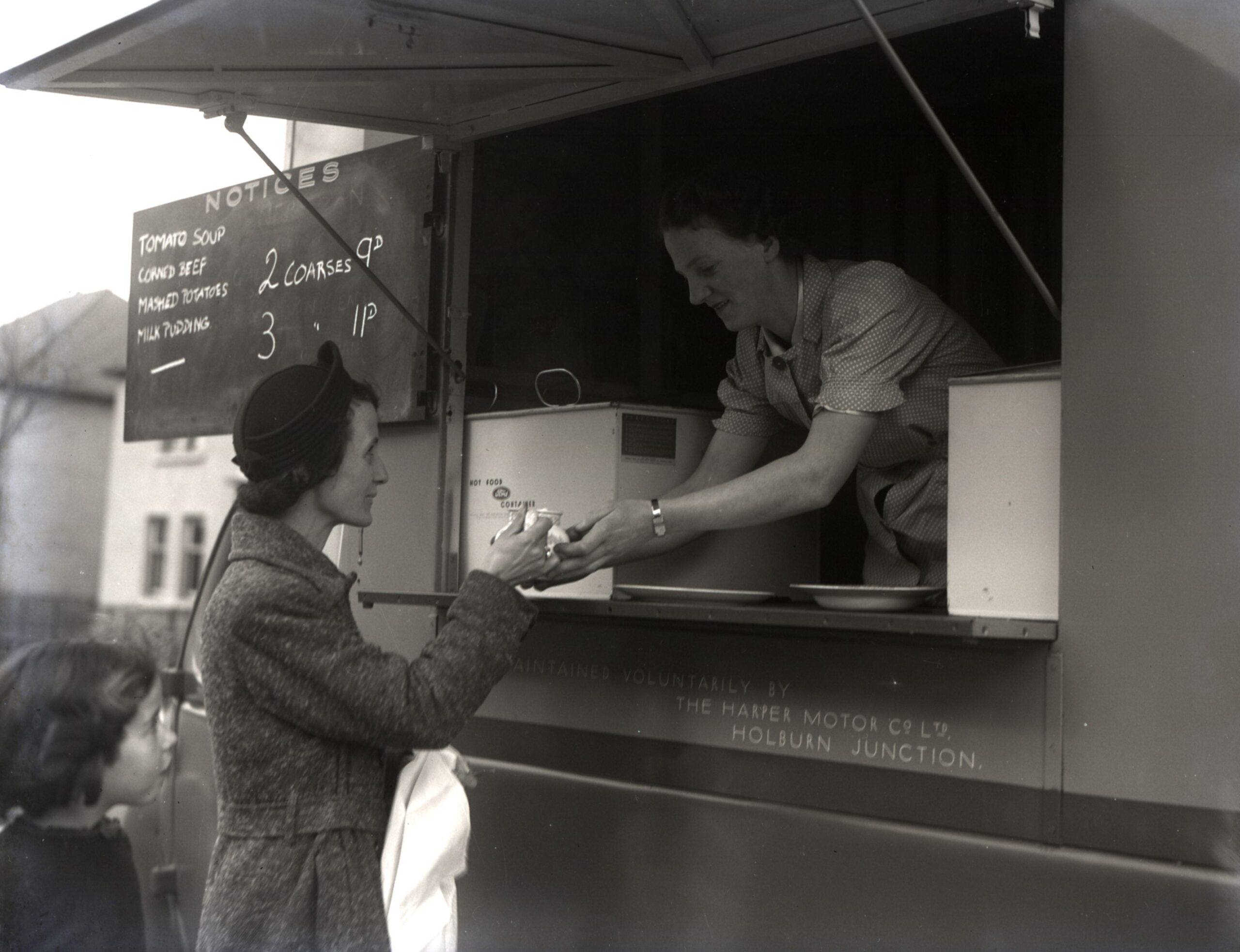
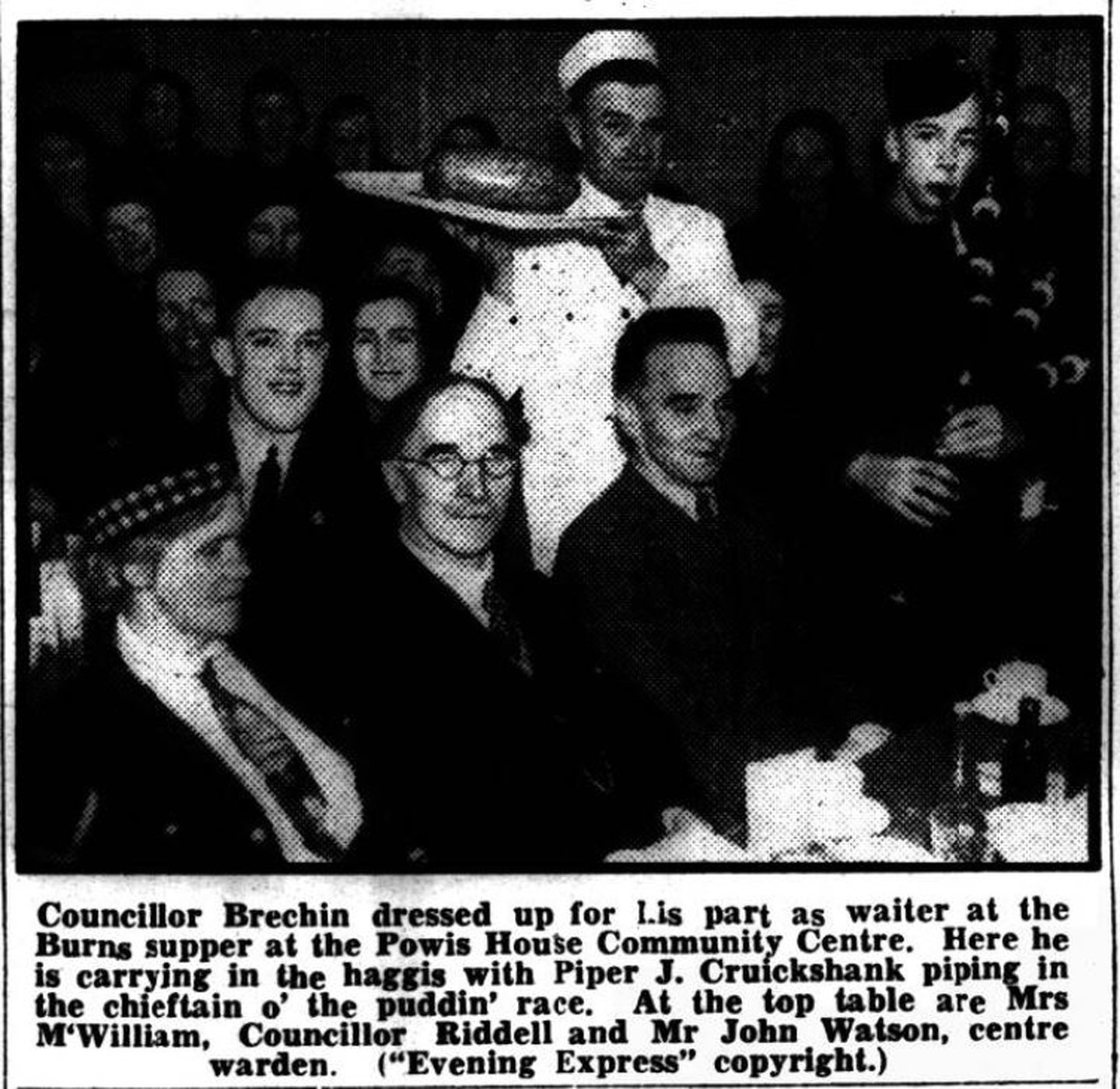
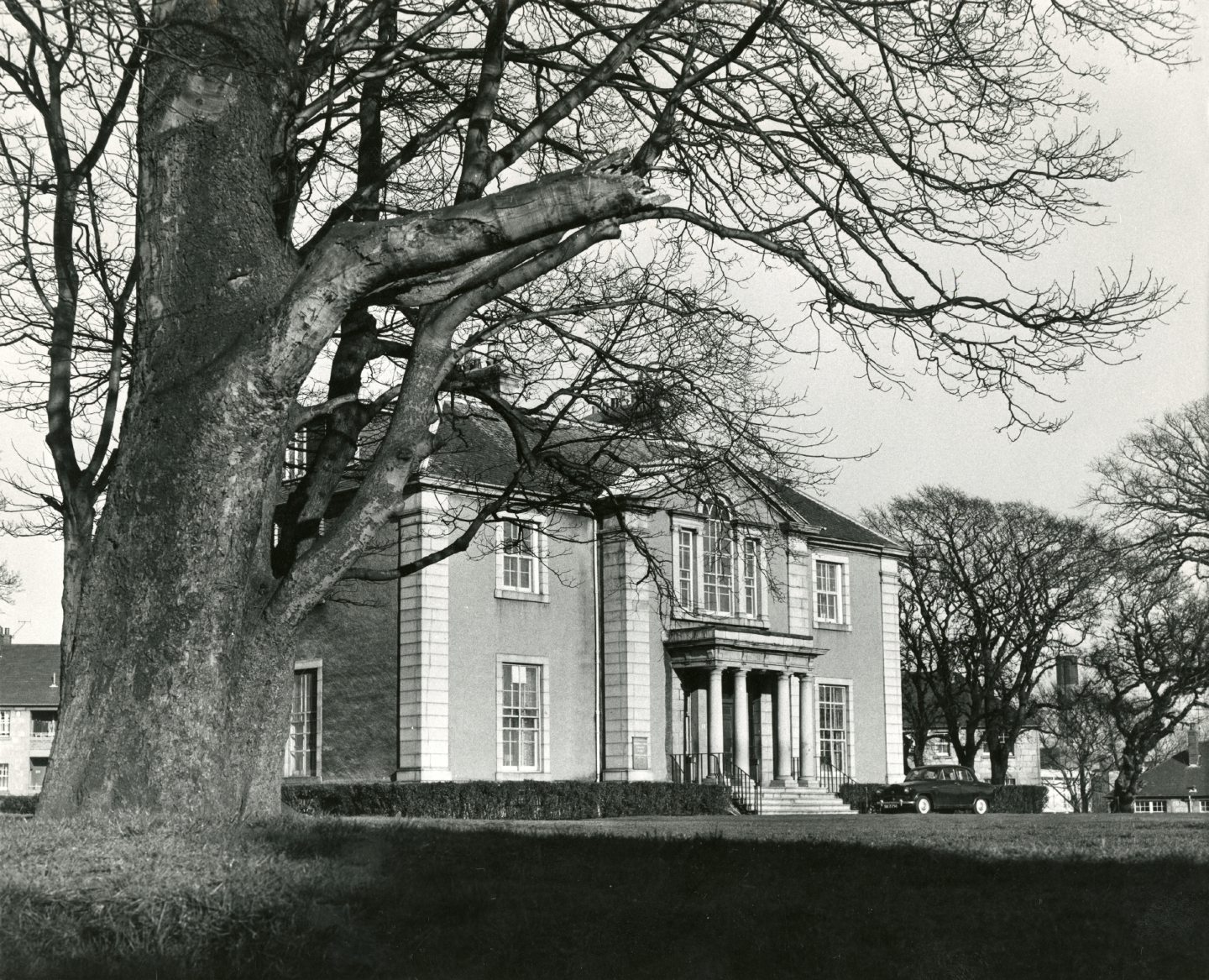
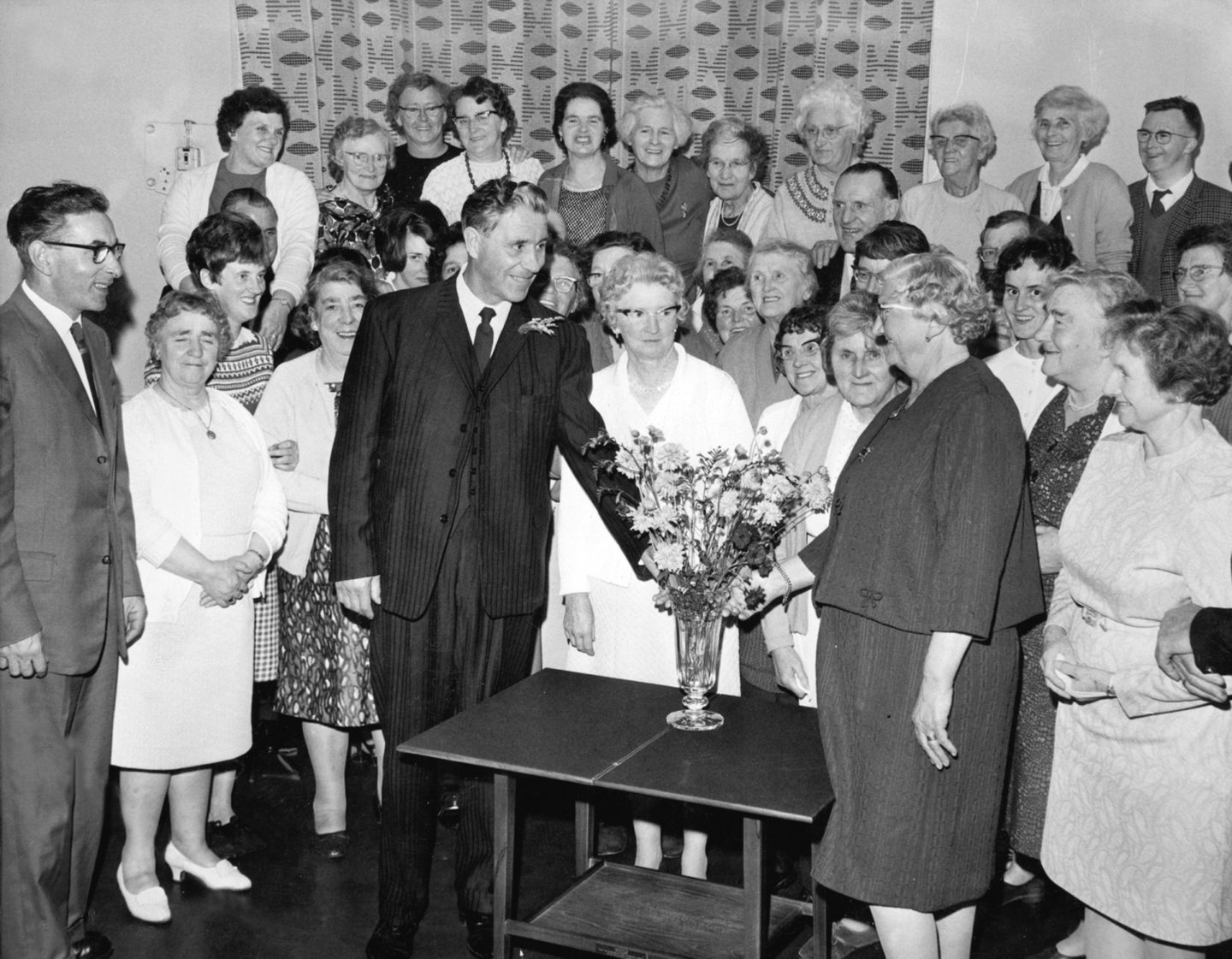
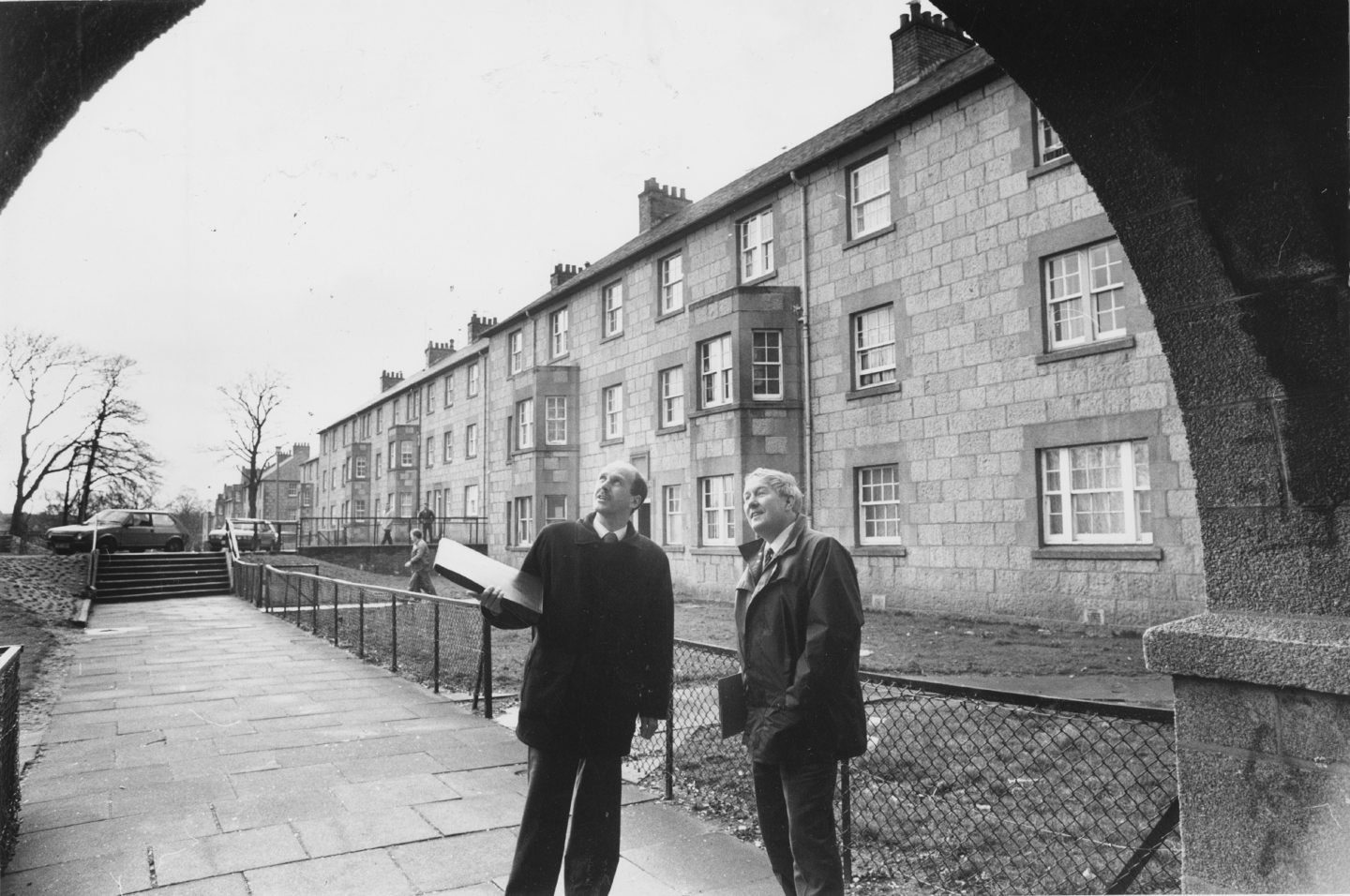
Conversation